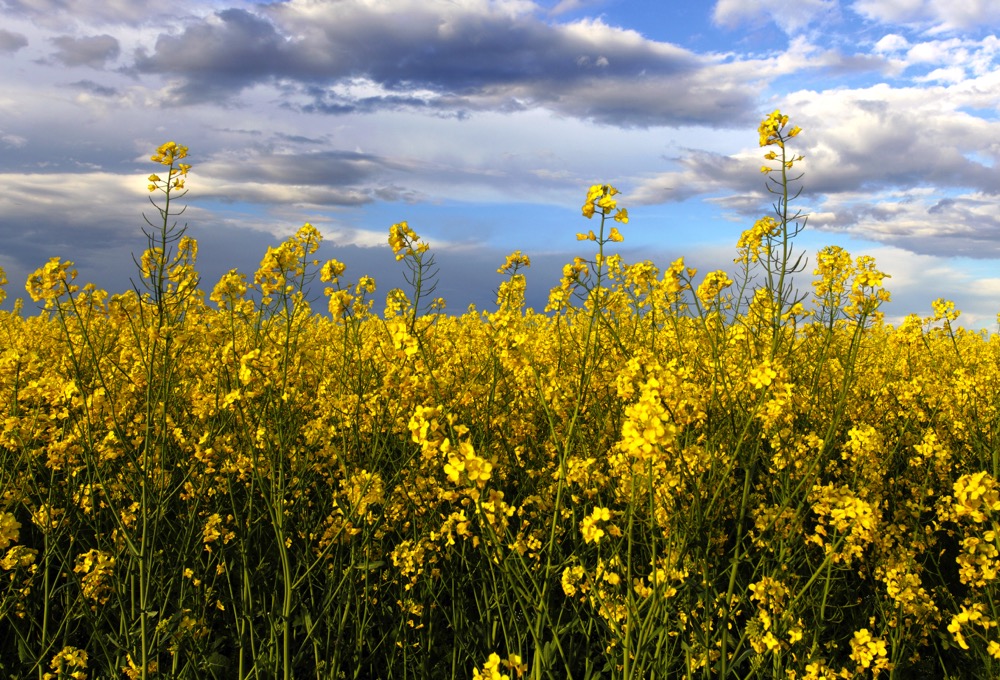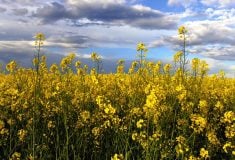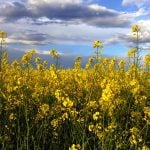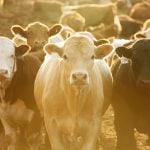“Modern” and “large-scale” farming are able to erode the Earth’s surface at rates matching those of the planet’s largest rivers and glaciers, according to a new study from a University of British Columbia geography professor.
“Our initial goal was to investigate the scientific claim that rivers are less erosive than glaciers,” UBC’s Michele Koppes, the study’s lead author, said in a release.
“But while exploring that, we found that many of the areas currently experiencing the highest rates of erosion are being caused by climate change and human activity such as modern agriculture.”
Read Also

ICE Weekly: No upside for canola if China situation continues: trader
Tony Tryhuk of RBC Dominion Securities said canola should stay rangebound if Canada’s trade war with China continues.
The study, conducted by Koppes and David Montgomery of the University of Washington, was published earlier this week in the online journal Nature Geosciences.
Since the late 19th century, the researchers wrote, it’s been debated whether rivers or glaciers are more effective “agents of erosion.”
“The dramatic landscapes associated with glaciated terrain have often led to the argument that glaciers are more erosive than rivers, and recent studies have documented the topographic signature of an ice-controlled limit of mountain height known as the ‘glacial buzz-saw’.”
But in some cases, Koppes and Montgomery said, they found large-scale farming eroded lowland agricultural fields at rates comparable to glaciers and rivers in the most “tectonically active” mountain belts.
Other significant causes of low-altitude erosion, she said, include glacier melting caused by climate change and volcanic eruptions.
The researchers’ conclusion was that tectonics — the structural changes caused by the deformation of the Earth’s crust — control the rates of both fluvial (river-related) and glacial erosion over “millennial and longer timescales.”
However, they wrote, “the highest rates of erosion generally result from a transient response to disturbance (caused) by volcanic eruptions, climate change and modern agriculture.”
“This study shows that humans are playing a significant role in speeding erosion in low-lying areas,” Koppes said in UBC’s release. “These low-altitude areas do not have the same rate of tectonic uplift, so the land is being denuded at an unsustainable rate.”
The highest erosion rates have typically been seen at high altitudes, where tectonic forces pit rising rock against rivers and glaciers, Koppes said.
She and Montgomery said they’ve created an “updated” database of erosion rates for more than 900 rivers and glaciers worldwide, documented over the past decade with new geologic measuring techniques.
Contrary to previous studies, the researchers said, rivers and glaciers in active mountain ranges are actually both capable of eroding landscapes by more than a centimetre each year.
Studies had previously indicated glaciers could erode landscapes as much as 10 times faster than rivers, Koppes said.
















